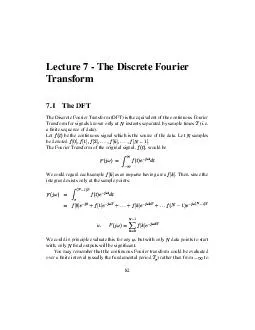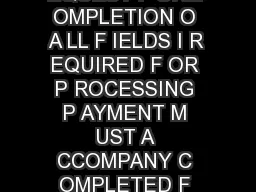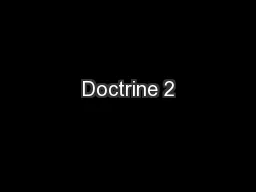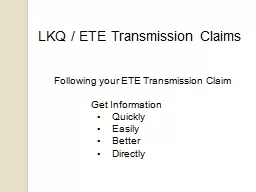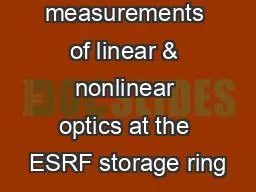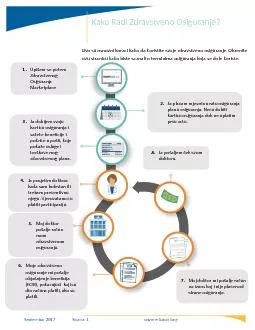PDF-Lectur The Discr ete ourier ransf orm
Author : pasty-toler | Published Date : 2014-12-14
1 The DFT The Discrete ourier ransform DFT is the equi alent of the continuous ourier ransform for signals kno wn only at instants separated by sample times ie 64257nite
Presentation Embed Code
Download Presentation
Download Presentation The PPT/PDF document "Lectur The Discr ete ourier ransf orm" is the property of its rightful owner. Permission is granted to download and print the materials on this website for personal, non-commercial use only, and to display it on your personal computer provided you do not modify the materials and that you retain all copyright notices contained in the materials. By downloading content from our website, you accept the terms of this agreement.
Lectur The Discr ete ourier ransf orm: Transcript
Download Rules Of Document
"Lectur The Discr ete ourier ransf orm"The content belongs to its owner. You may download and print it for personal use, without modification, and keep all copyright notices. By downloading, you agree to these terms.
Related Documents

